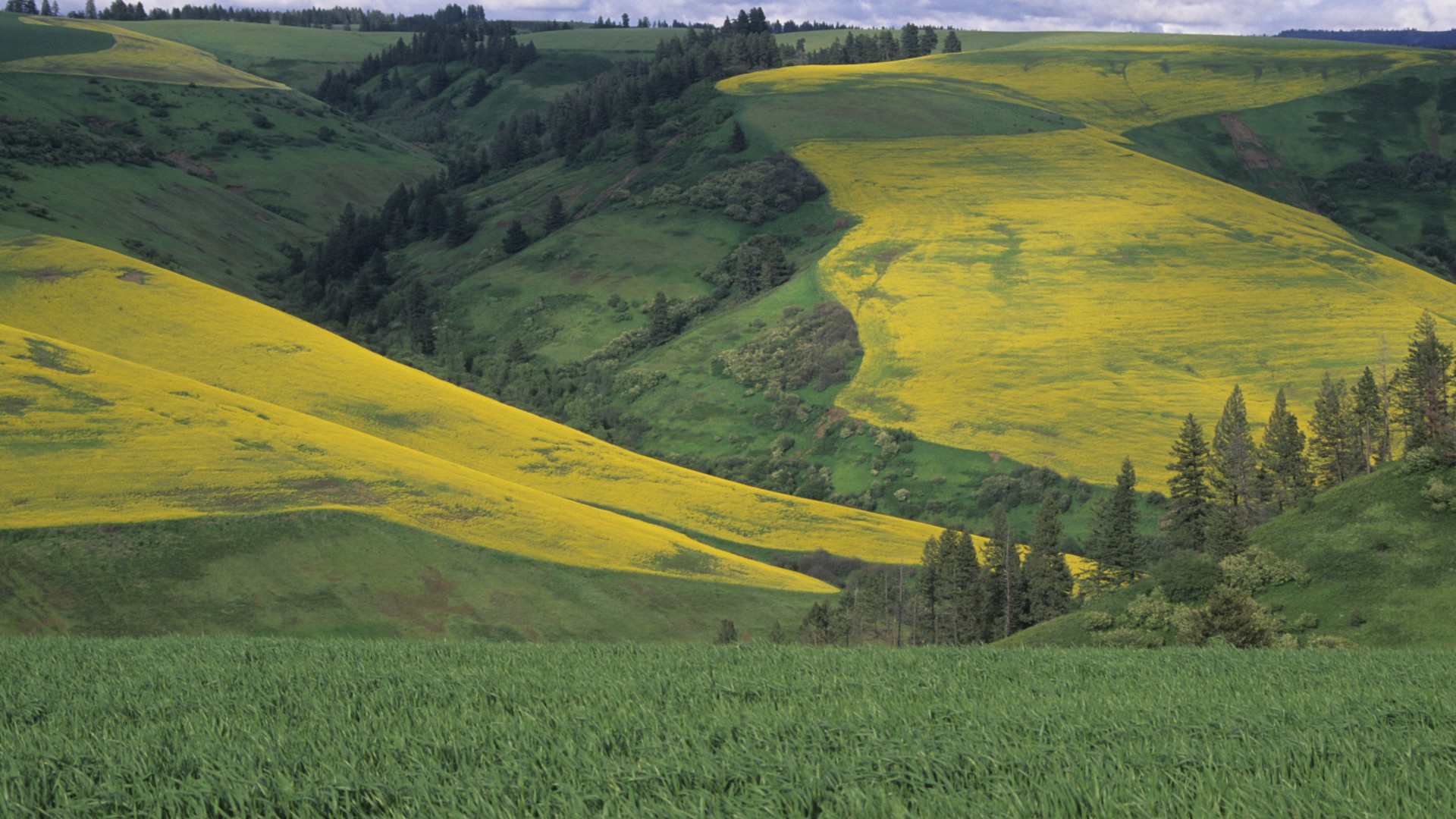
Since its founding, Sherwood Trust has invested more than $36 million to strengthen the Walla Walla Valley. These days, Sherwood Trust’s investment goes beyond grant giving, a fact reflected in their Community Leadership Program celebrating 20 years of service.
“The organization was solely grant-giving for 10 years before we started exploring programming as a way to invest in our community,” says Sherwood Trust’s program director Julia Leavitt. The idea behind the Community Leadership Program grew from a relationship between the Ford Family Foundation, the Rural Development Initiative (RDI) and the then-CEO of Sherwood Trust, Jock Edwards.
“The leaders from Ford and RDI introduced Jock Edwards to the Tupelo economic model that originated in Mississippi,” says Julia. “The basic idea of the model is to start with the lowest income people and give them direct support which in the long run benefits everyone. You need to give individual community members resources, training, know-how and money to do the stuff they know needs to get done in their community. Those were the seed ideas of the community leadership program.”
In 2004, Sherwood Trust partnered with the RDI and the Ford Foundation to create the program. “Many of our first workshops were around what people would now call capacity building,” Julia says. “As we continued hosting the workshops, we realized there was a lot of need around nonprofit management. Money just wasn’t enough, people wanted skills and that’s where the Community Leadership Program, as we know it today, started.”
The program brings together both emerging and seasoned leaders to develop their leadership skills, discover their strengths and deepen their learning on initiating and sustaining action in their community.
While the Community Leadership Program is now firmly established in the region, the framework looked a little different when it was first created. To start, participants had to be nominated in order to join the program which limited the number of applicants and also restricted the potential good the region could gain from its community members whose voices were not often heard.
“If you knew about the program and wanted to do it but didn't have anyone to nominate you, you couldn’t participate,” says Julia. “We started wondering does nominating create a barrier for people to participate in community leadership? We now invite anyone to sign-up who is interested in getting more engaged in their community.”
Throughout its 20 years of service, the Community Leadership Program has had its successes and challenges. Like many organizations, the COVID-19 pandemic impacted all of Sherwood Trust’s programs. However, beyond the pandemic, through the Community Leadership Program, the foundation has encountered obstacles around tough conversations centering diversity, equity and inclusion.
Julia says, “Clearly COVID drastically changed how we even hosted the program but also those conversations that are hard to have in person, are much more difficult to have online, especially around diversity, equity and inclusion. They bring in a lot of feelings and are difficult to navigate.”
“Another challenge we’ve had is getting people outside of our main region to participate,” Brian says. “Many of the Community Leadership Program participants are from the nonprofit sector, and they live locally, so there’s more flexibility in their schedules, they can treat the program as continued education. The person working shift work at the local jail or grocery store doesn’t have that flexibility and those are the people we’re putting a lot of effort into getting involved. We’re always focusing on who we don't know because we’d like to meet them.”
The program has evolved to better fit the needs of the community over the course of 20 years, but the essence of the program has remained the same: encourage local leaders to be the change they want to see in their community. When asked about how they will celebrate 20 years of community leadership, Brian and Julia smile and say, “Hey. Maybe we’ll have a party.”


